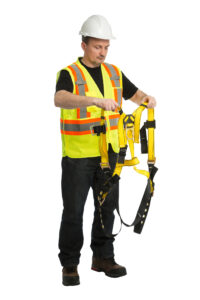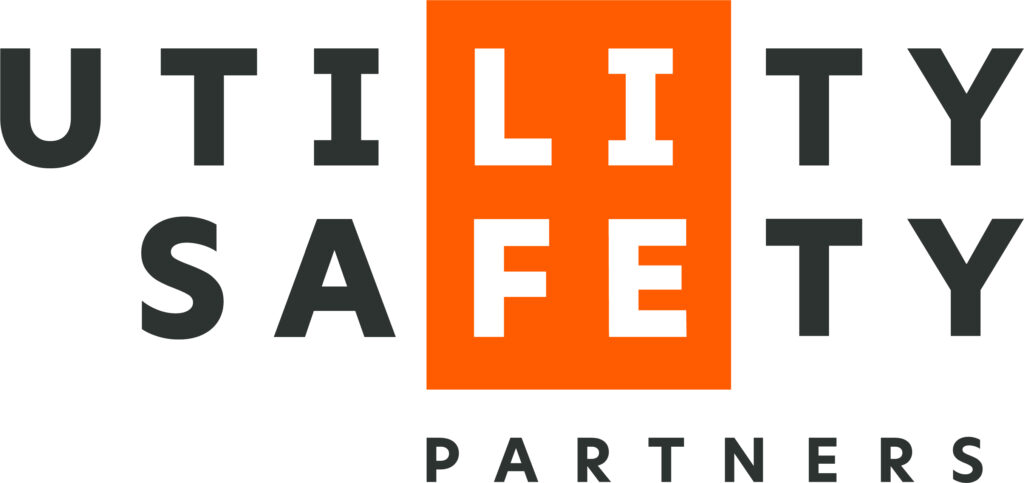Fall Protection Harnesses

If you are at risk for falling three metres (10 feet) or more at your workplace, you should wear the appropriate fall protection equipment.
If fall protection is required, establish a complete fall protection program if one is not in place. The program should include educating and training workers, selecting and fitting the equipment for the task and the worker, and knowing how to inspect the equipment.
The requirements for full body harnesses fall under the CSA standard CAN/CSAZ259.10. The standard specifies design, testing, marking, and information requirements for use of full body harnesses intended for use as body supports in personal fall arrest systems and in other work situations that involve the risk of falling.
Classification of full body harnesses:
- Class A: Fall Arrest (Back D-ring)
- Class D: Suspension & Controlled Descent (Front Lower D-ring)
- Class E: Limited Access/Extrication (Shoulder D-rings)
- Class L: Ladder Climbing (Front upper D-ring)
- Class P: Work Positioning (Side D-rings)
It is important to follow directions when it comes to ensuring a snug fit with chest, back D-ring and leg straps. In many instances, workers wear harnesses far too loose. It is very important that chest straps are positioned in the mid-chest area, and back D-rings located in the middle of the back between the shoulder blades. Both must be tightened for a ‘snug’ fit. Chest straps should be easy to adjust, but must withstand fall forces without tearing or breaking during a fall. If a chest strap is not fastened properly, it can slide up around a worker’s neck after a fall. Some workers are relying on a universal sizing on their harness that are manufactured to fit almost everyone. To accommodate all employee shapes and sizes, some manufacturers now offer dozens of styles and designs developed specifically to meet the needs of the individual worker.




